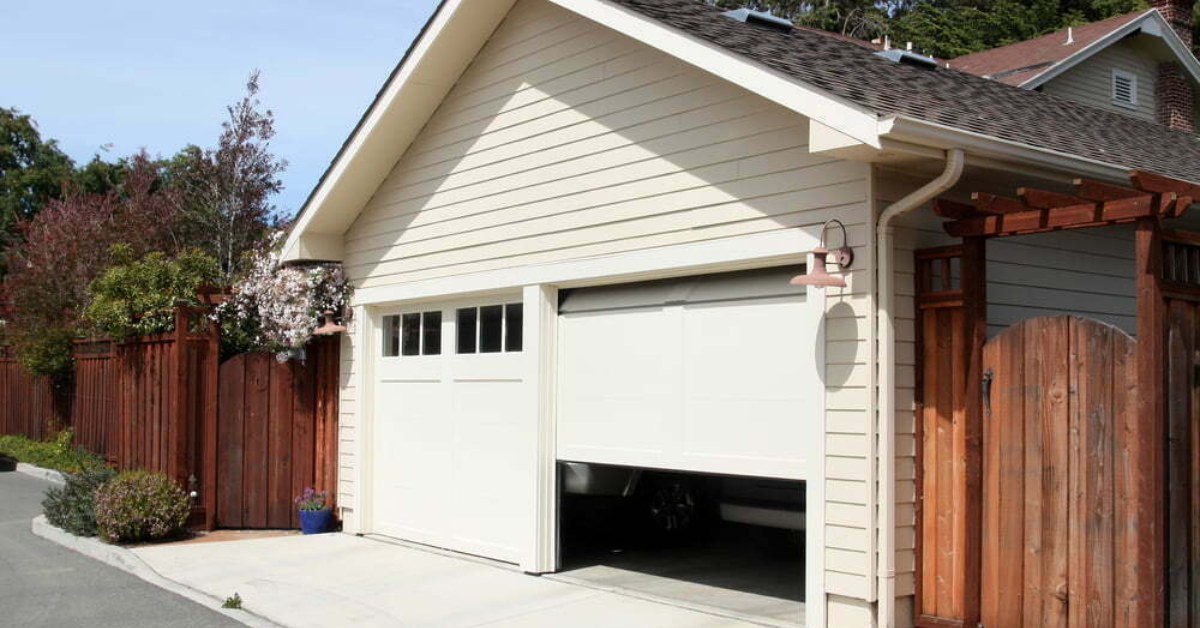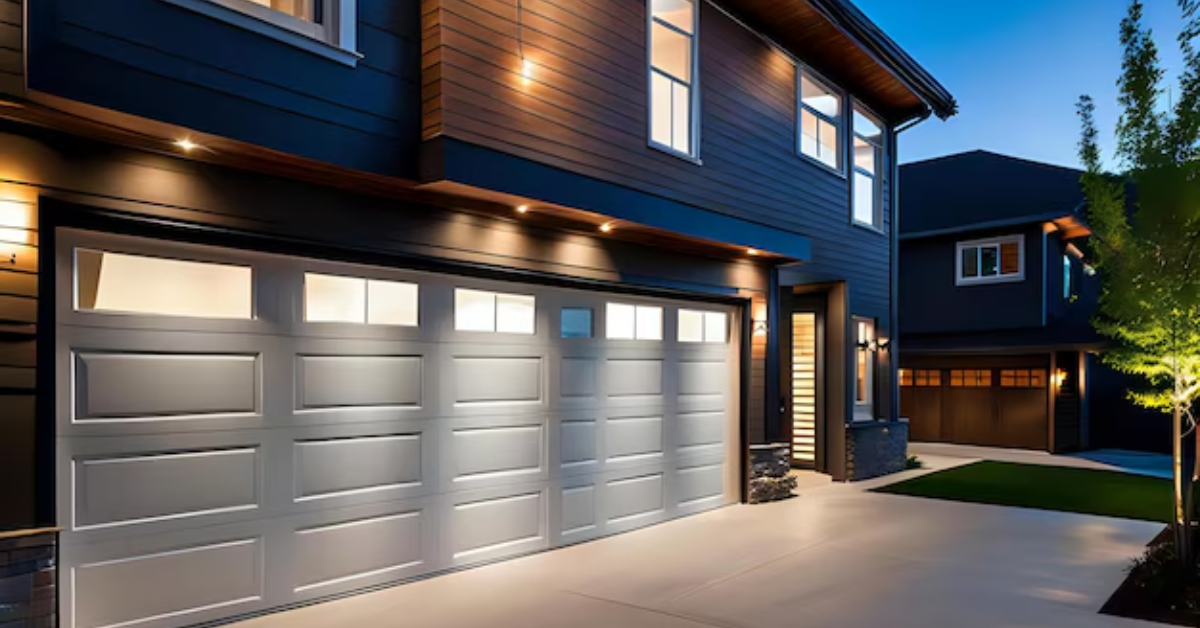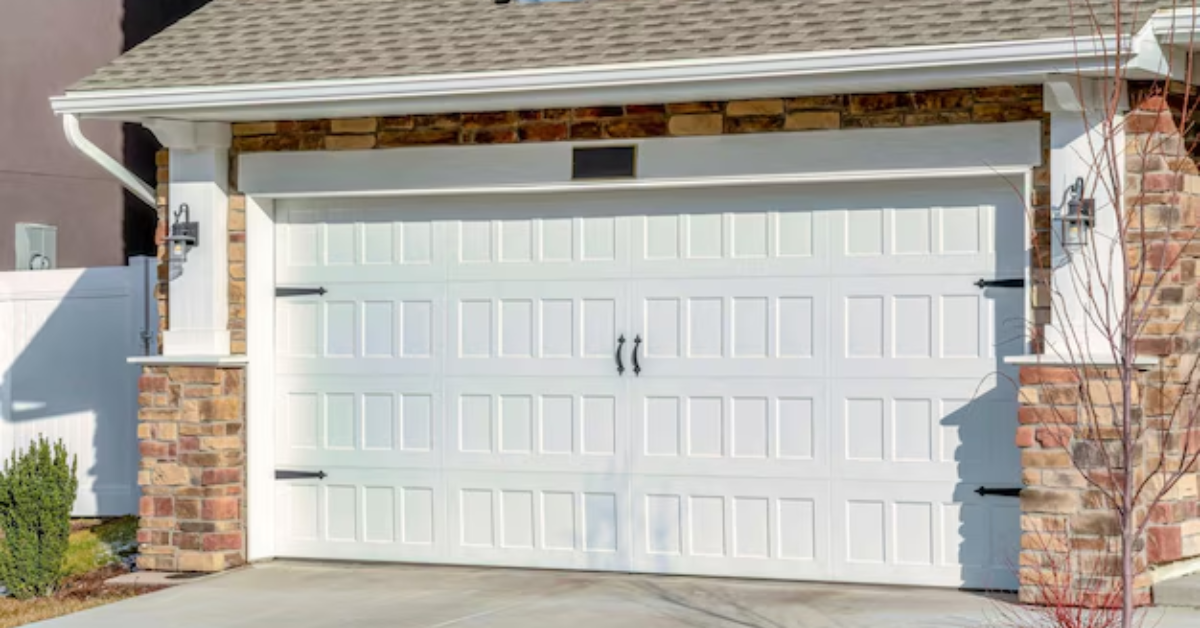Avoiding False Alarms: Properly Positioning Sensor Wires
In the realm of garage security, the precision of sensor wire placement emerges as a crucial determinant between genuine alerts and false alarms. The garage, often a gateway to our homes, demands an intricate web of security measures, and the efficacy of these systems relies significantly on the strategic positioning of sensor wires. Specifically designed to ensure the safety and security of our vehicles, possessions, and sometimes direct access to our homes, the garage door sensors serve as a sentinel against unauthorized entry.
However, the reliability of these systems hinges on a meticulous understanding of where and how to position
these sensor wires. This introduction navigates the nuanced landscape of garage door sensor wire positioning, uncovering its pivotal role in averting false alarms while fortifying the safeguarding capabilities of these
essential security systems.
Common Causes of False Alarms
Improper Wire Placement: One of the fundamental reasons behind false alarms resides in the incorrect positioning of sensor wires. Poorly placed wires might be susceptible to physical disturbances, accidental tampering, or even inadvertent triggering due to human activity. For instance, if a motion sensor wire is placed too close to a high-traffic area or where objects regularly move, it could lead to frequent false alarms. Additionally, incorrect placement might inadvertently block sensors, causing them to misinterpret signals or fail to detect genuine threats.
Interference Sources:
Interference from various sources, such as electromagnetic fields, radio frequencies, or electronic devices nearby, can disrupt the proper functioning of sensors. These interferences can distort the signals received by sensors, leading to false alarms. For instance, a strong electromagnetic field emitted by machinery or electrical equipment nearby might interfere with the signals of a proximity sensor, causing it to trigger an alarm without any genuine threat.
Environmental Factors:
Environmental conditions play a significant role in sensor reliability. Changes in
weather, temperature fluctuations, humidity, or even natural elements like wind or rain can inadvertently trigger sensors. For instance, sudden temperature changes can affect thermal sensors, causing them to detect false positives. Similarly, wind-blown debris or rain can obstruct sensors, leading to false alarms. Environmental considerations are crucial in anticipating potential triggers and ensuring sensor wires are placed in areas less affected by such conditions.
These factors collectively contribute to the vulnerability of sensor-based systems, highlighting the complexity involved in maintaining their reliability. Addressing these causes requires a comprehensive approach, considering not only the placement of sensor wires but also anticipating and mitigating potential interferences and environmental influences. By strategically positioning sensor wires and accounting for these factors, the likelihood of false alarms can be significantly reduced, bolstering the trustworthiness of security systems.
Proper Positioning Techniques
Optimal sensor wire placement is pivotal for ensuring accurate and reliable sensor functionality. It begins with a meticulous assessment of the environment and potential areas where sensors will be deployed. Understanding the specific requirements of each sensor type is crucial. For instance, motion sensors might need to be positioned strategically to cover target areas without being obstructed by obstacles, while temperature sensors might require placement away from direct heat sources or drafts.
Selecting the right locations for sensor placement involves considering various factors such as line of sight, coverage area, and potential interference. Sensors should ideally have an unobstructed view of the area they're monitoring, ensuring maximum efficacy. Moreover, placing sensors in areas less prone to environmental interference, like direct sunlight or extreme temperatures, can enhance their accuracy and reliability.
Once the ideal locations for sensors are determined, securing the wires becomes paramount. Properly securing wires involves using suitable fixtures, clips, or conduits to prevent accidental dislodging or damage. Additionally, ensuring that wires are adequately insulated and protected from environmental elements or potential tampering is crucial for sustained functionality.
Managing wire routes involves planning the pathways through which sensor wires will be installed. It's essential to avoid routes that are susceptible to frequent movement or potential disturbances. Concealing wires within walls, ceilings, or designated enclosures can safeguard them from physical damage and tampering while maintaining a neat and organized setup.
Types of Sensors and Wiring
Garage door sensors encompass various types, each requiring specific positioning for optimal functionality. Understanding the unique needs of these sensors is pivotal for their effective placement.
Motion Sensors: In the context of
garage door security, motion sensors play a crucial role in detecting movement within their designated range. Positioning these sensors involves strategic considerations to cover desired areas while mitigating false triggers caused by external factors like pets or moving foliage. Mounting motion sensors at elevated angles or in strategic corners maximizes coverage while minimizing the potential for false alarms.
Temperature Sensors: Garage door temperature sensors monitor ambient temperature variations. Proper placement is crucial to ensure accurate readings and involves avoiding direct exposure to external heat sources or drafts that might skew temperature measurements. Placing these sensors in areas reflective of the overall temperature patterns within the garage space maintains their accuracy.
Sound Sensors: Sound sensors, like microphones or acoustic detectors, capture auditory signals in the garage environment. Positioning these sensors requires identifying spots with optimal sound reception while minimizing background noise interference. Strategic placement, away from continuous noise sources or echoes, enhances their ability to capture relevant sounds effectively.
Each sensor type, be it motion, temperature, or sound sensors, demands precise placement within the garage environment to ensure reliable and accurate performance, contributing to an enhanced overall security system for the garage door.
Environmental Considerations
Different environments pose unique challenges for sensor wire positioning. Adapting to these variations is crucial for maintaining the reliability and functionality of sensor-based systems.
Outdoor installations demand special attention due to exposure to weather elements and potential tampering risks. When positioning sensor wires outdoors, weatherproofing becomes paramount. Using specialized enclosures, protective casings, and ensuring proper insulation guards against moisture, extreme temperatures, and physical damage from external factors.
In high-traffic zones, sensor wires are more susceptible to accidental damage or displacement. Strategic wire placement in these areas involves securing wires along less accessible routes, using protective covers or conduits, and avoiding locations prone to frequent human or vehicular movement to minimize the risk of damage.
Harsh weather conditions like heavy rain, extreme heat, or freezing temperatures can impact sensor wire functionality. Positioning wires away from direct exposure to elements, employing weather-resistant materials, and regularly inspecting and maintaining the wiring infrastructure are vital to ensuring continued reliability despite adverse weather.
Troubleshooting False Alarms
Steps to Identify and Resolve False Alarm Issues:
- Begin by collecting data related to the false alarms. Note the time, location, and circumstances surrounding each false alarm. Analyzing this information can reveal patterns or common triggers.
- Check if sensors are properly positioned and securely installed. Ensure they have an unobstructed view and are free from physical damage or interference.
- Assess the sensitivity and configuration settings of the sensors. Sometimes, adjusting sensitivity levels or recalibrating settings can prevent false alarms.
- Evaluate environmental conditions that might impact sensor functionality. Examine temperature variations, weather changes, or external disturbances that could trigger false alarms.
- Conduct system tests to simulate potential triggering events. This allows you to observe sensor responses and identify any anomalies or false positives.
Systematic Approach to Troubleshooting
- Begin by narrowing down the possible causes of false alarms based on collected data and initial inspections.
- Address the most probable causes first. For instance, if improper sensor placement seems to be a recurring issue, focus on repositioning or securing sensors effectively.
- Make one adjustment at a time and observe the system's response. Avoid making multiple changes simultaneously, as this can obscure the root cause of false alarms.
Common Mistakes to Avoid During Troubleshooting:
- Neglecting to consider environmental influences can result in overlooking triggers tied to weather, temperature, or other external elements.
- Failing to conduct routine inspections and maintenance can lead to undetected issues that contribute to false alarms.
- Not performing thorough system tests to verify solutions or changes can result in unresolved issues lingering undetected.
Best Practices and Recommendations
The strategic placement of sensor wires plays a pivotal role in preventing false alarms and ensuring the reliability of garage door security systems. Sensors should be positioned with careful consideration of their type and functionality, guaranteeing unobstructed views and minimal interference for optimal performance. Adapting sensor wire positioning to diverse environments, especially for outdoor installations, involves utilizing weatherproofing techniques and protective measures to shield wires from environmental elements.
Regular maintenance through routine inspections and tests is essential to identify issues early on and maintain sustained functionality. Key tips for maintaining optimal sensor wire positioning include conducting periodic inspections to ensure secure and undamaged placement, employing weather-resistant materials and protective casings outdoors, periodically adjusting sensitivity settings to align with changing conditions, maintaining thorough documentation for future reference during troubleshooting or maintenance, and promoting training and awareness among personnel or users regarding the importance of proper sensor wire positioning and the necessity of promptly reporting any irregularities.
Conclusion
Ensuring the reliability and effectiveness of garage door security systems hinges on the meticulous positioning of sensor wires. Proper placement of these wires stands as a linchpin against false alarms, significantly impacting the system's ability to distinguish between genuine threats and false triggers. The tailored positioning strategies for motion, temperature, and sound sensors underscore the critical role of understanding the specific needs of each sensor type. By strategically positioning these wires, maximizing coverage while minimizing interference, and considering environmental factors, the garage door security system operates at its optimum efficiency. Emphasizing the significance of precise wire placement not only fortifies the system against false alarms but also reinforces the integrity of garage security, ensuring comprehensive protection for vehicles, possessions, and home access.




